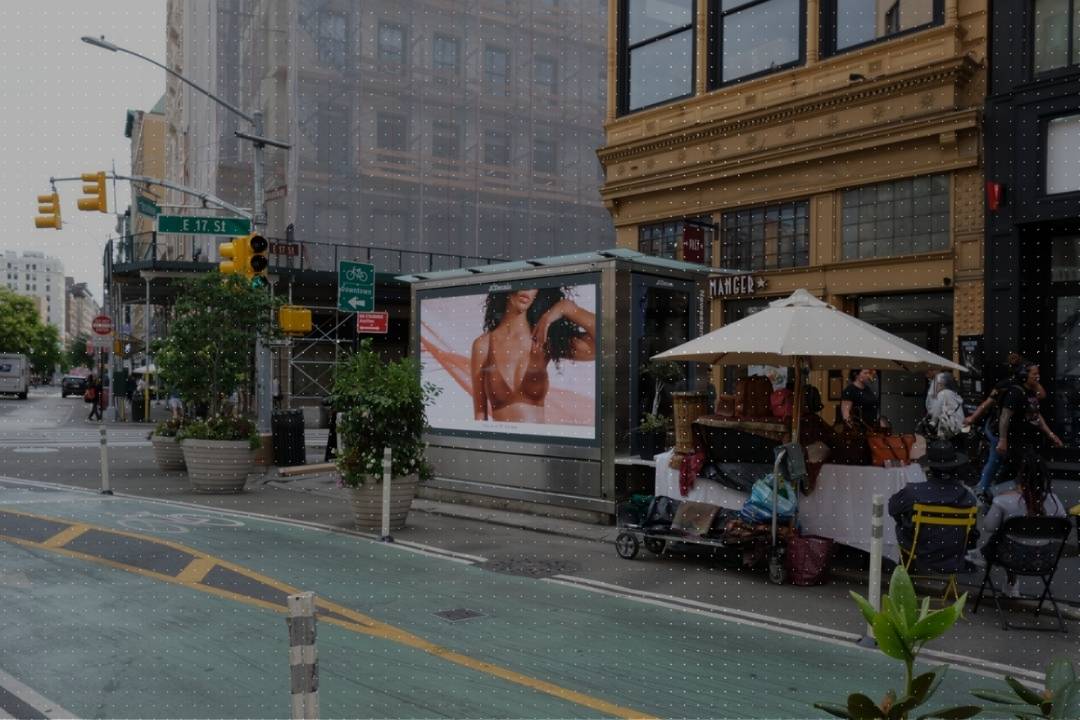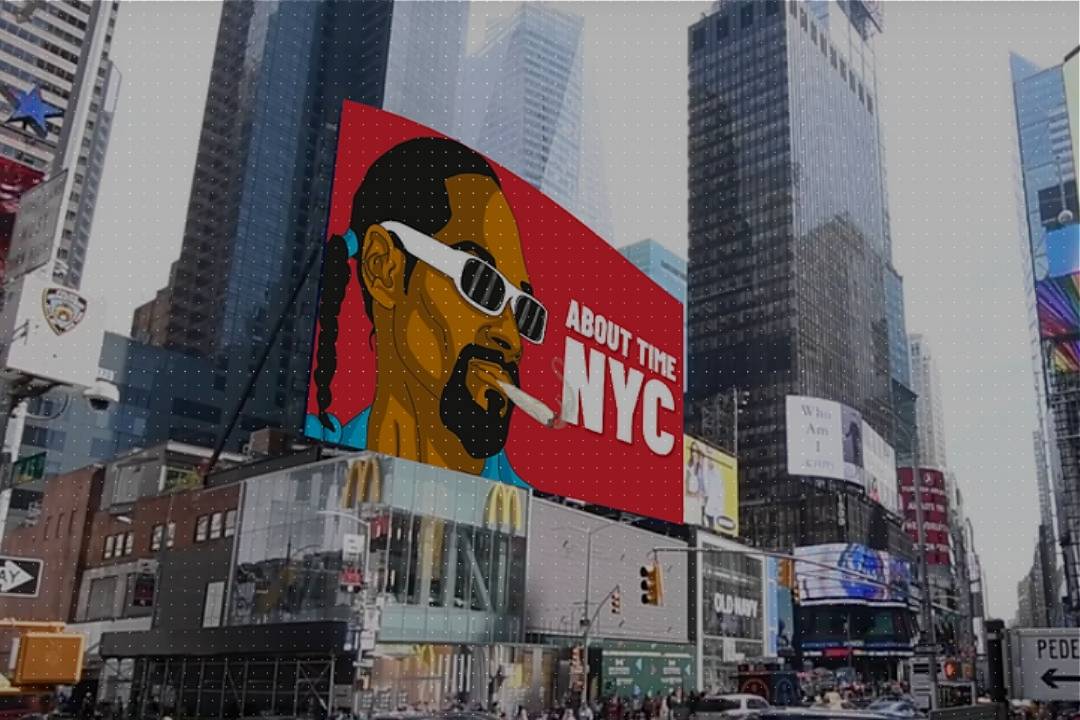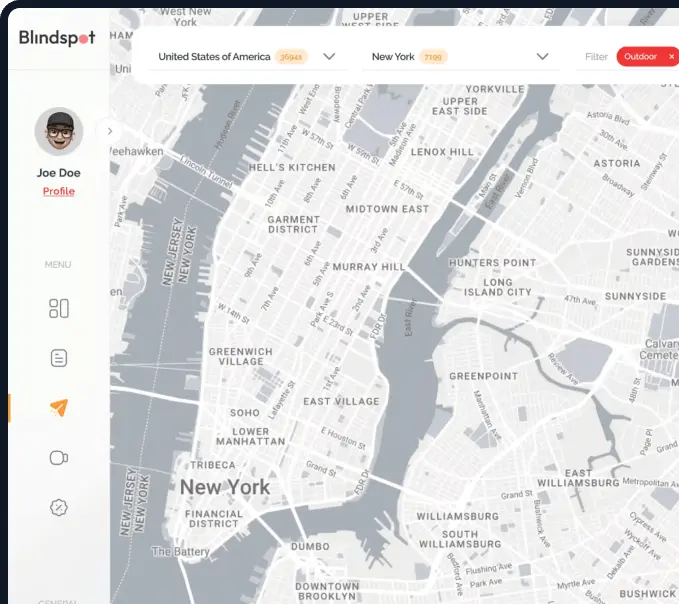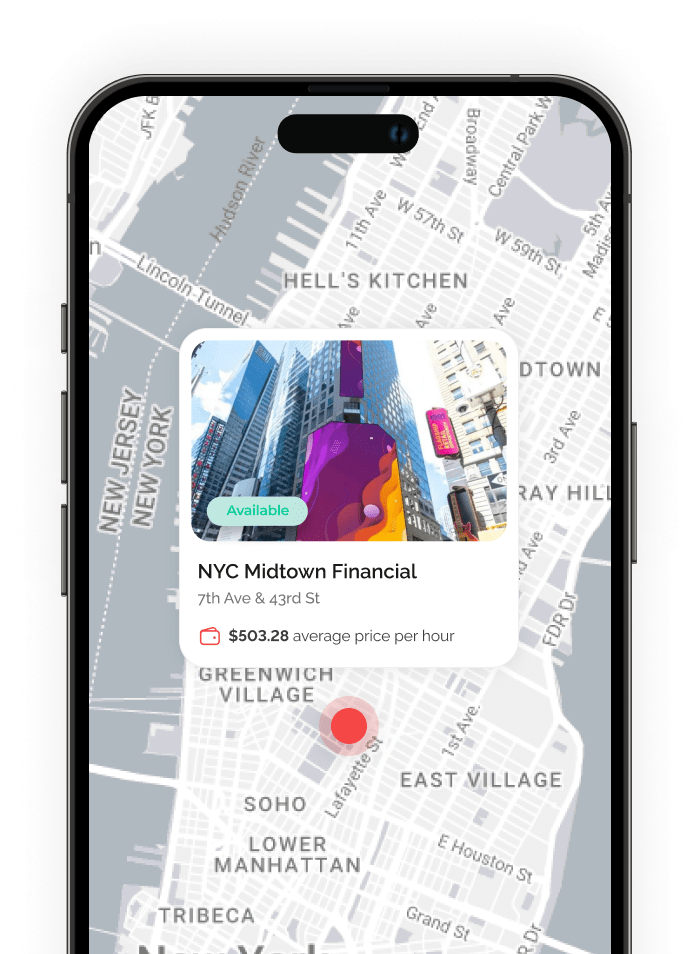Blindspot and Uber Eats – Contextual DOOH drives hyper-local food ordering
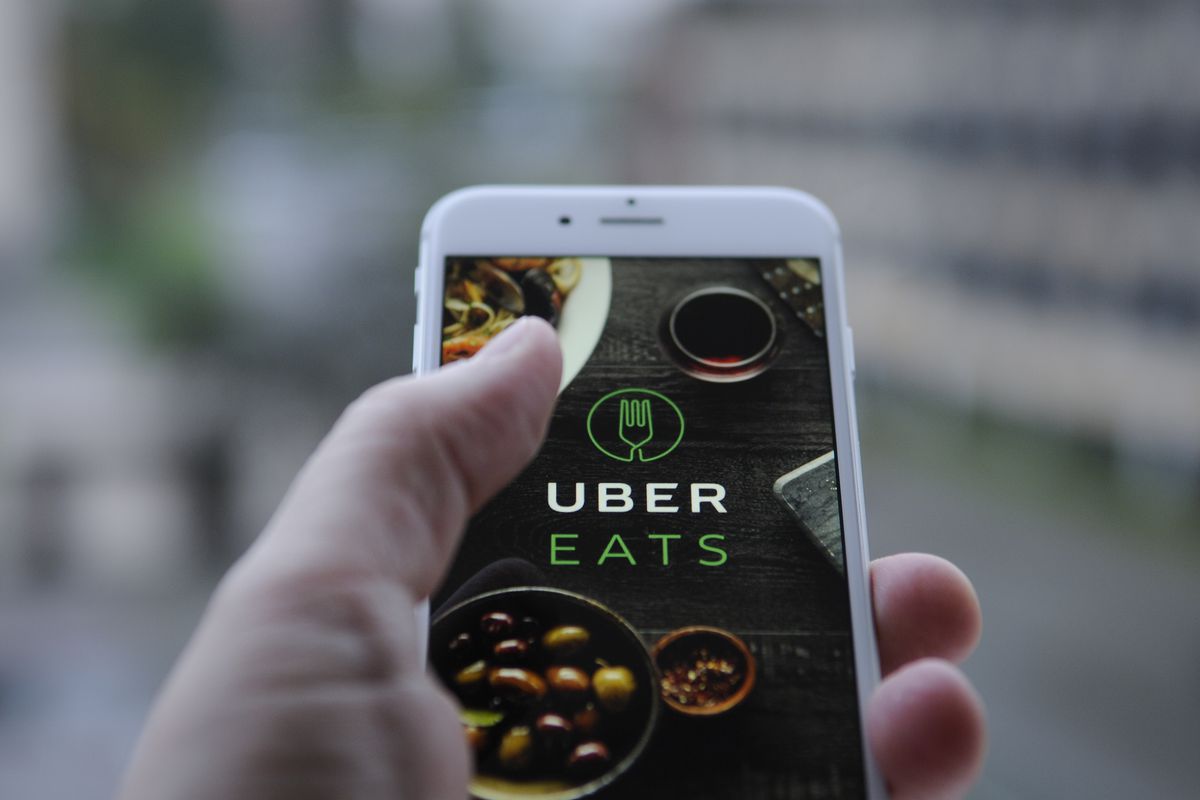
Blindspot and Uber Eats – Contextual DOOH Drives Hyper-Local Food Ordering Success
The Uber Eats DOOH campaign exemplifies how food delivery brands can effectively stand out in a highly competitive and fast-paced industry through innovative advertising strategies. This campaign highlights the extensive reach and strategic flexibility achievable with Digital Out-of-Home (DOOH) advertising. In today’s world, where consumer attention is fragmented across multiple platforms, visibility and relevance are more important than ever to drive orders and brand loyalty.
Uber Eats strategically ran targeted DOOH campaigns across multiple metropolitan cities, leveraging contextual ads to engage diverse audiences and maximize user interaction. By integrating data-driven insights, these ads dynamically adapted to the environment and audience, making each impression more meaningful and increasing the likelihood of conversion.
Leveraging Digital Billboards and Signage for Maximum Impact
Uber Eats strategically utilized various digital screens, including digital billboards and digital signage, as a key part of their outdoor advertising strategy. These vibrant, dynamic displays were placed in high-traffic public spaces such as transit hubs, shopping districts, and office complexes to maximize visibility and engagement. Digital Out-of-Home (DOOH) advertising offers unparalleled versatility, enabling real-time message customization based on location, time, and audience behavior.
These digital billboards and signage act as crucial touchpoints within Uber Eats’ broader media ecosystem, flooding key urban areas with high-frequency impressions. Unlike traditional static posters, digital billboards provide enhanced flexibility, allowing Uber Eats to quickly update content to maintain freshness and relevance. This adaptability ensures that Uber Eats’ messaging remains compelling and contextually aligned, driving higher consumer engagement, brand recall, and ultimately, more orders.
Extending Reach with Mobile and Omnichannel Integration
The campaign’s success was further amplified by integrating DOOH with mobile platforms and other digital media, including web and app channels. This omnichannel approach ensured consistent brand messaging and created multiple touchpoints for consumers to interact with Uber Eats. Mobile integration allowed users to seamlessly transition from seeing an ad on a digital billboard to opening the Uber Eats app or website to place an order instantly.
By tapping into real-time user data and contextual triggers, Uber Eats delivered personalized ads that resonated with potential customers, reinforcing brand presence and prompting immediate action. This cross-platform synergy not only increased brand visibility but also enhanced the overall customer journey, making it easier for users to discover, order, and enjoy their favorite meals.
Why Proximity and Context Matter for Hyper-Local Food Ordering
Proximity delivery plays a crucial role in Uber Eats’ strategy for two main reasons:
- Featuring nearby restaurants or stores increases the likelihood of sales by capturing consumers’ attention precisely at the point of decision-making.
- Optimizing logistics reduces delivery times and costs, improving customer satisfaction and operational efficiency.
By analyzing real-time traffic patterns, consumer behavior, and site-specific data, Uber Eats identified ideal locations for DOOH placements to maximize impact. This included digital advertising inventory in retail environments such as gas stations, grocery stores, and other high-traffic venues near the point of purchase. Such strategic placement ensures that ads reach high-intent customers at critical moments in their purchasing journey, driving both foot traffic and online orders.
Dynamic Content Delivery Powered by Blindspot
Uber Eats partnered with Blindspot to harness the power of dynamic, data-driven advertising content. Blindspot’s platform enabled Uber Eats to deliver tailored messages across multiple screens and locations, streamlining campaign management and optimization. Ad creatives were dynamically generated using real-time data from apps, websites, and other services to create immersive and engaging experiences.
Adjustments to advertising content were automatically triggered based on:
- Screen location – displaying different calls-to-action (CTAs) and restaurant options depending on the specific area.
- Time of day – promoting lunch specials during midday and dinner offers in the evening.
- Audience profiles and context – leveraging demographics, movement patterns, recent website visits, and purchase history to display the most relevant ads.
This first-party data-driven approach allowed Uber Eats to move away from reliance on third-party data, ensuring privacy compliance while maintaining highly relevant and personalized advertising. The result was an increase in ad effectiveness and customer engagement, regardless of whether the advertised product was available at that exact location.
Creative Strategy Behind Successful DOOH Campaigns
The creative process for Uber Eats’ DOOH advertising was both strategic and data-driven. It began with a deep understanding of the target audience—identifying who they are, where they spend their time, and what messages would resonate most effectively. Using data analytics, Uber Eats pinpointed the most relevant locations for DOOH ads, such as busy public transit stations, office buildings, and popular retail districts.
Next, compelling and contextually relevant brand messages were crafted to stand out in crowded urban environments. These messages were dynamically tailored using real-time data on factors such as local events, time of day, and traffic flow to maximize relevance and impact.
By leveraging the flexibility of DOOH technology and the power of contextual advertising, Uber Eats created visually striking and timely ads that connected with audiences on a personal level. This approach ensured that every message reached the right audience, in the right place, at the right time, driving meaningful engagement and increasing order volume.
Measurable Results and Business Impact
The Uber Eats DOOH campaign demonstrated clear, measurable success in driving brand engagement and sales growth:
- Increased brand awareness and engagement as businesses leveraged digital OOH advertising to reach consumers in key locations such as transit hubs and retail stores.
- Higher order volumes, supported by research showing that digital advertising and DOOH effectively boost sales and expand market reach.
- Enhanced offline-to-online presence, with real-time campaign updates allowing Uber Eats to quickly adapt messaging to maximize impact at the point of sale and in-store environments.
- Robust campaign performance tracking through data collection and cookies, enabling precise measurement of user engagement and ad effectiveness.
This campaign exemplifies how combining DOOH with mobile integration, data-driven targeting, and dynamic content can revolutionize hyper-local food ordering. Uber Eats’ innovative use of contextual DOOH advertising not only elevated its brand presence but also delivered tangible business results, setting a new standard for food delivery marketing.
